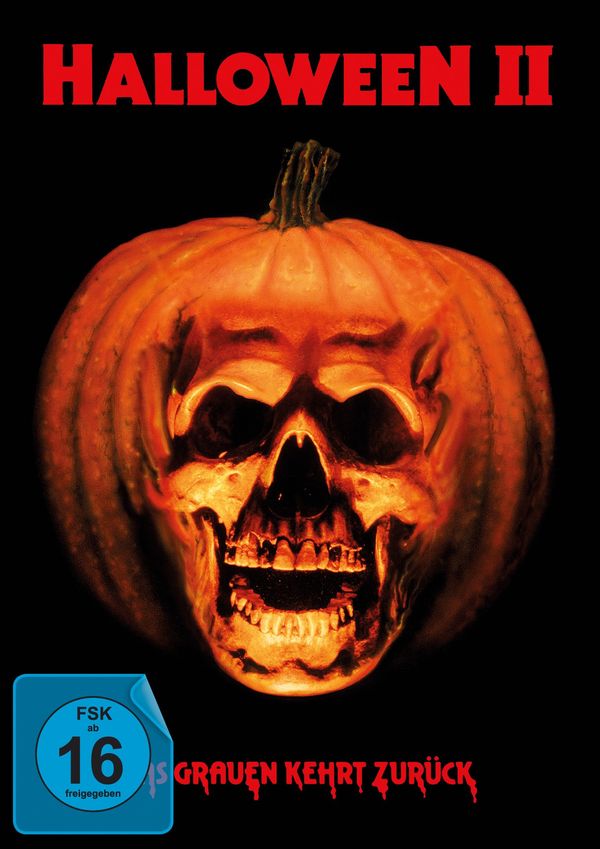
Introduction
The Halloween franchise has long been an essential component of the horror genre, captivating audiences since its inception in 1978. Halloween 2, released in 1981, plays a crucial role in the series, further developing the iconic narrative of Michael Myers and solidifying the franchise’s place in cinematic history. Understanding its importance helps appreciate how it shaped the future of horror films and influenced how subsequent generations perceive fear and suspense.
Plot Overview
Halloween 2 picks up immediately after the events of the first film. It follows Laurie Strode, portrayed by Jamie Lee Curtis, as she is rushed to the hospital following her terrifying encounter with Michael Myers. The film is set on the same night of Halloween, maintaining a real-time narrative that builds suspense as the audience is brought back to Haddonfield. As Laurie fights for survival, Michael’s relentless pursuit creates an atmosphere of dread. The hospital setting becomes a new battleground where fear pervades the sterile environment, showcasing the filmmaker’s creativity in utilizing diverse locations as character settings.
Critical Reception and Impact
Upon its release, Halloween 2 received mixed reviews from critics but was generally appreciated by audiences. It introduced elements of backstory for Michael Myers, revealing insights into his character and motivations, which would go on to influence both the narrative structure of horror films and the tropes that define slasher genres. As the film expanded the original’s lore, it helped establish an early template for sequels, emphasizing the importance of character development and continuance of story arcs.
The film’s significance extends beyond its immediate financial successes, as it resonated with fans and paved the way for numerous sequels and reboots, reinforcing the notion that horror franchises could thrive by offering layered storytelling and character depth.
Conclusion
Today, Halloween 2 stands as a notable entry in horror cinema, revered for its contributions to the genre and its role in cementing Michael Myers as a cultural icon. As new adaptations and continuations of the franchise emerge, understanding the roots of the original films provides insight into current trends in horror storytelling. As the horror genre evolves, Halloween 2 remains a seminal work that highlights the importance of innovation and audience engagement in film. Future explorations of fear will undoubtedly draw upon the core principles established by this classic, making it essential viewing for genre enthusiasts.



